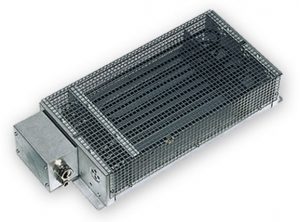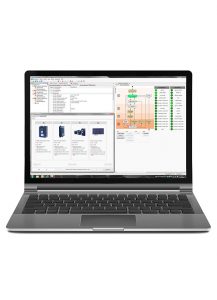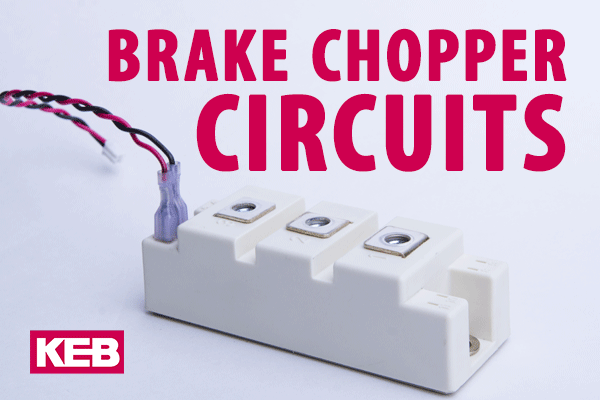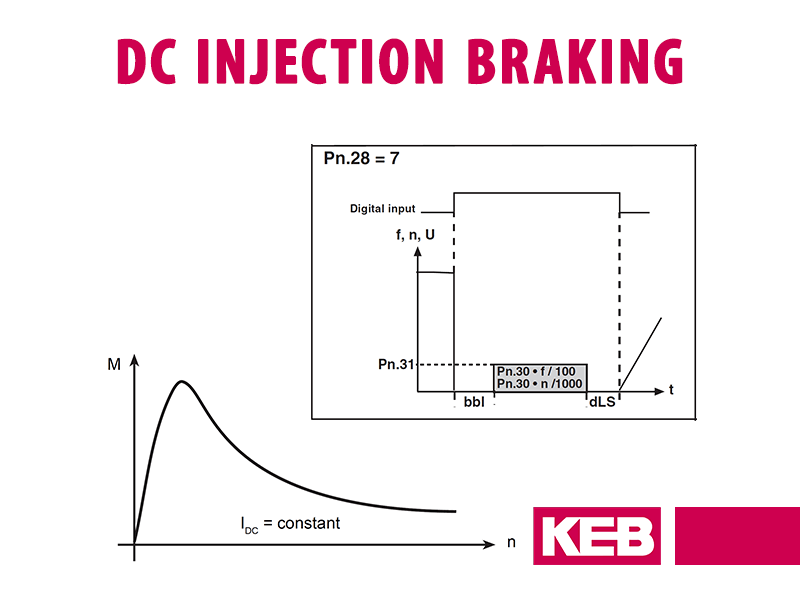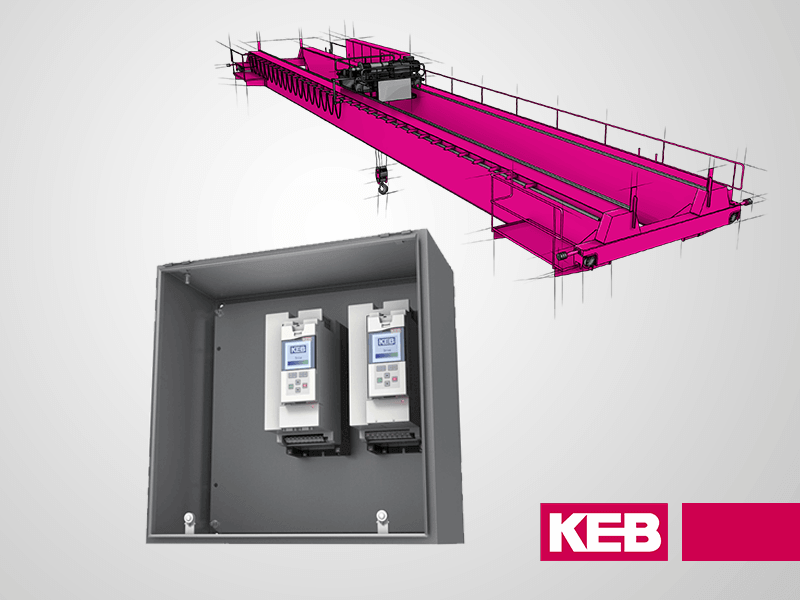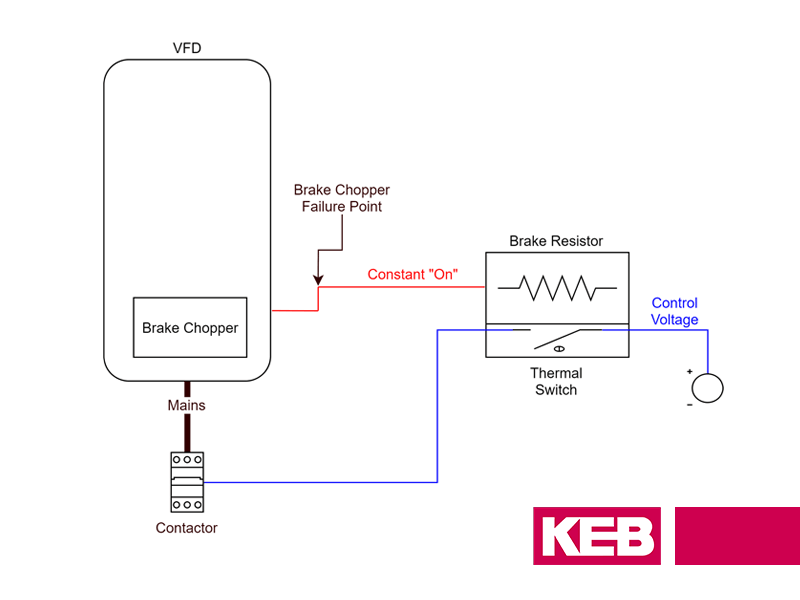When and How Should I Select a Braking Resistor?
When designing a motor control system, it is not always clear if a braking resistor is required and, if it is, how to proceed in selecting a braking resistor. This post is intended to simplify that process so it is clear when and how to select a braking resistor for your application.
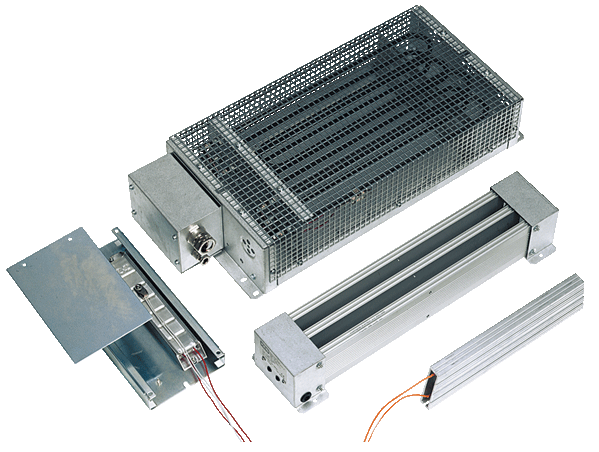
How does a Braking Resistor Work in VFD?
Braking resistors work in VFD applications by slowing the motor to an exact speed set by the drive. They’re especially useful for fast deceleration of a motor. Braking resistors can also feed any excess energy into the VFD to boost voltage on the DC bus.
When voltage is properly dealt with, the VFD is not damaged and the system can operate normally. Machine builders must choose the right size and type of braking resistor for optimal results.
For example, some resistors can generate more heat and stop the motor faster than others. This is why selecting the right braking resistor is so crucial.
How Braking Resistors Prevent Damage
Braking resistors are introduced into a motor control system to prevent VFD hardware damage or nuisance faults.
In certain operations, the motor controlled by the VFD acts as a generator, with power flowing back towards it rather than to the motor. A motor will act as a generator whenever there is an overhauling load—or the drive is being used to decelerate the motor.
This causes the drive’s DC bus voltage to rise, leading to over-voltage faults if the generated energy is not dissipated.
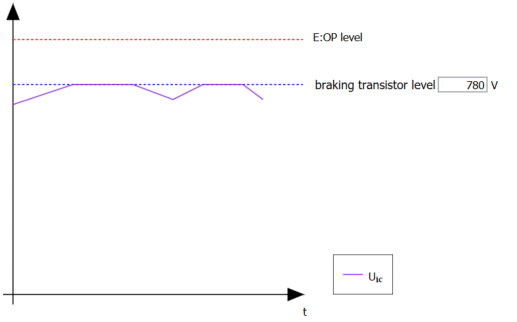
There are a few basic ways to deal with the energy generated by a motor.
First, the drive itself can absorb some of this energy for a small amount of time. This is typical when overhauling loads aren’t present and a fast deceleration is not required. If the energy generated is too great for the drive alone, then a braking resistor can be introduced. The braking resistor will dissipate the excess energy by converting it to heat across a resistor element.
Finally, if the regenerated energy from the motor is continuous, using a regen unit rather than a braking resistor may be beneficial. This still protects the VFD from hardware damage and nuisance faults, allowing the user to capture and reuse the energy rather than dissipate it.
What should be considered when selecting a braking resistor?
Two main factors in selecting a braking resistor are minimum resistance value and power dissipation capacity.
Minimum Resistance Value
VFDs that use a brake resistor will also have a “chopper circuit” or brake transistor. When the DC bus voltage gets too high, the brake transistor shunts current from the DC bus across the brake resistor. This brake transistor circuitry has current limitations. Therefore the VFD manufacturer will often list a maximum current value and duty cycle.
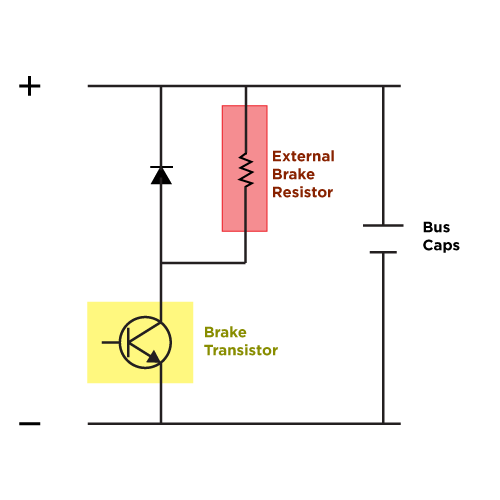
Since V=IR, if the voltage is constant then a smaller resistance will lead to a larger current. For example, say the max voltage is KEB’s over-voltage level of 840VDC. A user can then calculate the minimum resistance to keep the current value below the braking transistor’s max rating. The minimum resistance value doesn’t affect the operation of the resistor or its ability to dissipate power.
However, knowing this value is useful to ensure it works properly with the VFD.

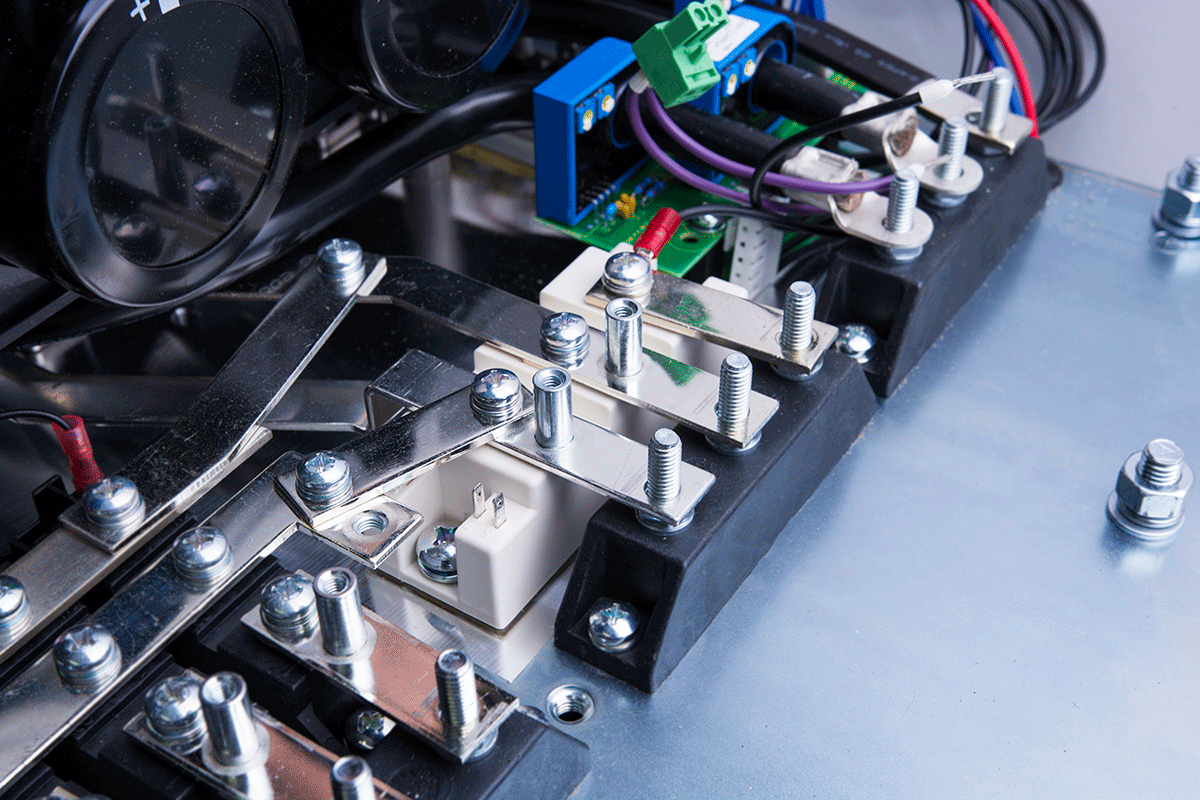
Power Dissipation Capacity
The second factor when choosing a braking resistor is power dissipation. KEB braking resistors are listed with how much power they can safely dissipate if used continuously (PD). They also list three values for intermittent duty.
Each number in P6, P25, and P40 refers to the cumulative number of seconds the resistor is used over two minutes. For example, the KEB 10BR100-1683 resistor could safely dissipate up to 2200W for six seconds over two minutes.

It’s important to know what resistance values will safely work with the VFD, as well as the power dissipation of the resistors. From here, you should consider how much energy will be generated back towards the drive that will need to be dissipated. This ensures the braking resistor has enough capacity to dissipate the energy generated from the motor safely.
The first way to do this is through calculation. It is possible to calculate the power generated from the motor if you know the following:
- The mass moment of inertia of the motor and load
- Motor torque
- Speed change
- Time of the deceleration
You can find more information on these calculations in the braking resistor manual. However, it can be difficult to calculate all of these values in real-world applications. Therefore, it’s usually best to determine the proper power size of the braking resistor through a testing method.
The general rule is as follows: The larger the load and faster the deceleration, the more power will need to be dissipated.
However, utilizing the scope function in the Combivis 6 software makes it possible to record the drive’s DC bus voltage throughout the operation. This gives us a more accurate picture of the braking resistor usage.
With the scope, you can monitor if a resistor with different power dissipation or size is required. In the latter scenario, adjusting the operation to improve performance may be possible, such as making the deceleration faster.
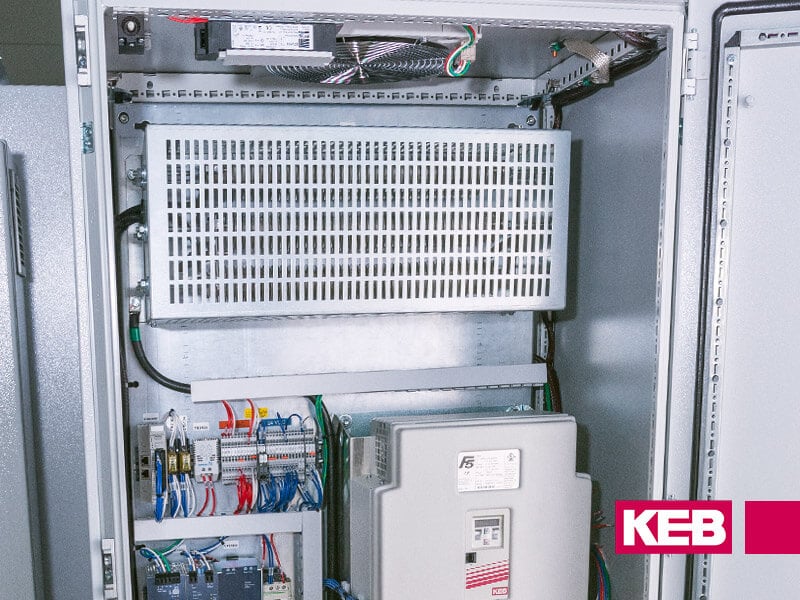
Braking Resistor Installation
The final consideration when selecting a braking resistor is installation. If a braking resistor is not installed according to UL standards, the circuit can fail and create a fire hazard. Learn how to protect a VFD braking resistor.
In addition to traditional resistors, KEB sells intrinsically safe brake resistors. These solutions fail just like a fuse, protecting the system during short circuit failure.
The installation environment is also important. For example, installations with flammable fibers (like textiles or sawdust) involved will need special consideration.
Interested in learning more about how KEB drives and braking resistors can benefit your application? Contact an Applications Engineer at KEB America today!
Let's Work Together
Connect with us today to learn more about our industrial automation solutions—and how to commission them for your application.
